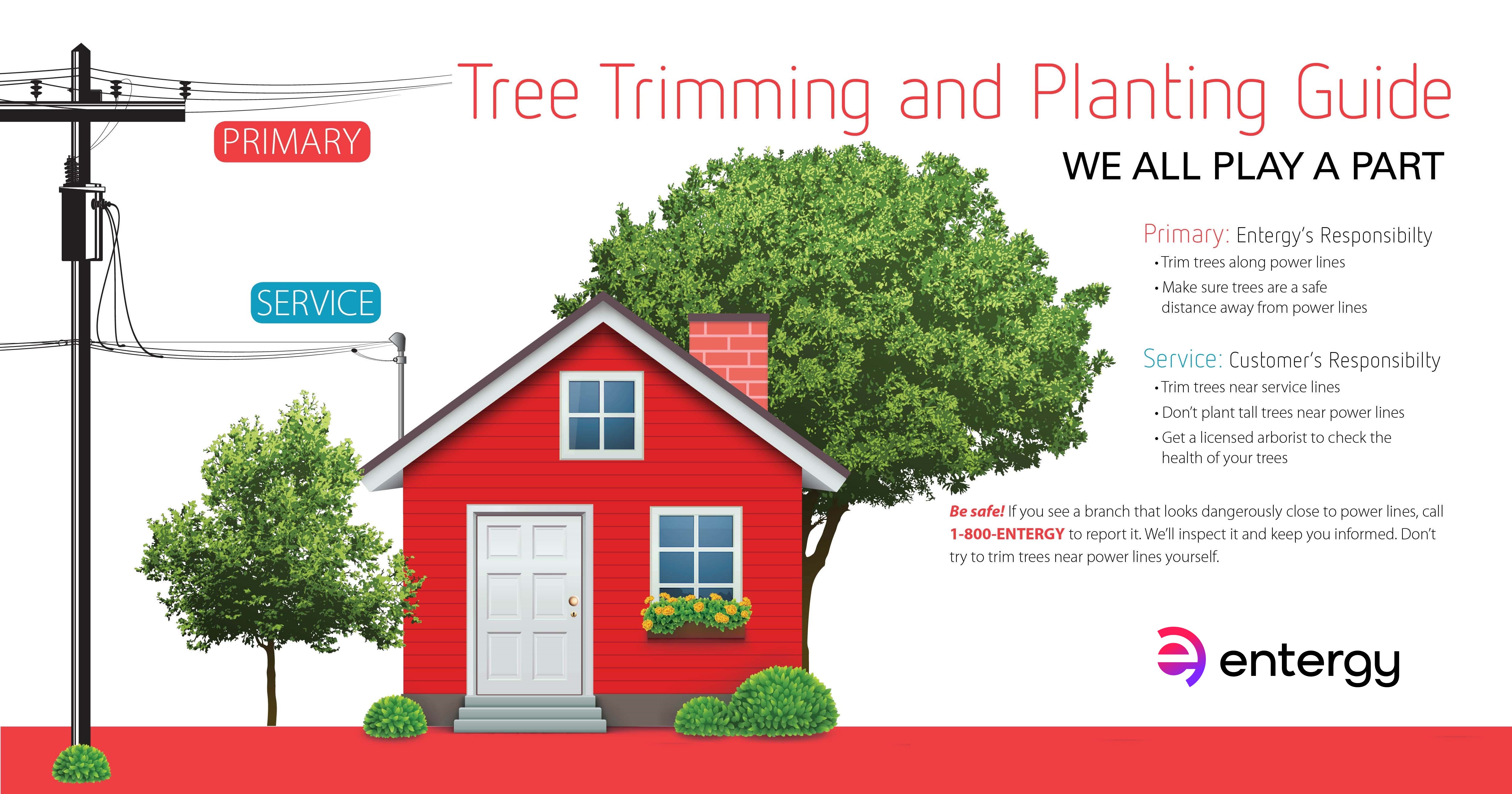Following Tree Elimination, It Is Vital To Care For Your Landscape To Ensure Its Remediation; Discover The Crucial Steps To Renew Your Area And Stop Future Problems
Following Tree Elimination, It Is Vital To Care For Your Landscape To Ensure Its Remediation; Discover The Crucial Steps To Renew Your Area And Stop Future Problems
Blog Article
Author-Tate Chambers
After a tree's elimination, your landscape may look fairly different, and it's vital to assess the consequences meticulously. You'll intend to examine the dirt disturbance and inspect surrounding plants for any type of indicators of tension. Neglecting these elements can lead to bigger issues down the line. So, what should you make with those stumps and origins? And how do you pick the very best plants for your revitalized area? Allow's discover these vital steps.
Assessing the Results: Examining Your Landscape
After a tree elimination, it's vital to assess your landscape to recognize the impact it has on your lawn.
Begin by examining the area where the tree stood. Try to find signs of soil disturbance, and inspect the surrounding plants for any kind of tension or damage.
You need to also make note of just how the elimination has actually altered sunshine direct exposure and air flow in your garden. This change can influence the growth of neighboring plants, so it's vital to examine their health.
Take into consideration the aesthetic aspects also; the removal may develop an open space that you can redesign.
Lastly, consider any possible erosion issues that could occur from the tree's absence. Resolving find more info will help recover equilibrium to your landscape.
Dealing With Stumps and Origins: Options for Elimination
Once you've analyzed the aftermath of the tree removal, you'll likely need to tackle the stump and origins left.
You have a couple of choices for elimination. One effective method is stump grinding, where a professional makes use of an equipment to grind the stump to underground level. This approach leaves very little interruption to your landscape.
If you choose a DIY method, you can use a combination of excavating and chemical stump cleaners. Simply remember, this procedure can take time and initiative.
Alternatively, consider leaving the stump as a natural function, which can function as an one-of-a-kind yard aspect or environment for wildlife.
Whatever you choose, resolving the stump and roots is vital for restoring your landscape.
Picking the Right Plant Kingdoms for Your New Room
As you evaluate your newly removed space, picking the right plants can considerably enhance your landscape's beauty and functionality.
Begin by considering the sunshine and dirt problems. For warm locations, select drought-resistant plants like lavender or succulents. In shaded areas, brushes and hostas flourish well.
Consider the size and growth habits of your plants; mix perennials and annuals for seasonal range. Do not fail to remember to integrate native types; they require less maintenance and assistance neighborhood wildlife.
Group plants in strange numbers for a much more all-natural appearance and create layers for visual deepness.
Finally, ensure you have a mix of shades and textures to keep your landscape dynamic throughout the periods.
Pleased planting!
Verdict
Finally, restoring your landscape after tree removal is a fulfilling process. By assessing the results, resolving stumps and origins, and choosing the right plants, you'll create a successful atmosphere. Don't fail to remember to integrate disintegration control measures to safeguard your dirt. With a little effort and care, you can change your area right into a dynamic garden that boosts your property. Embrace How To Prune A Weeping Redbud Tree to invigorate your landscape and enjoy the charm of nature right in your backyard!
